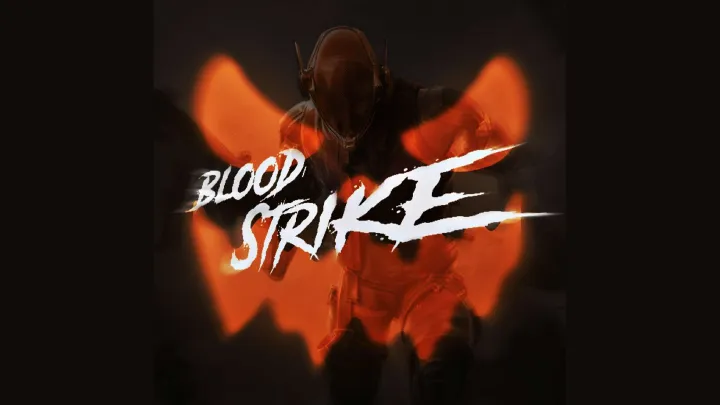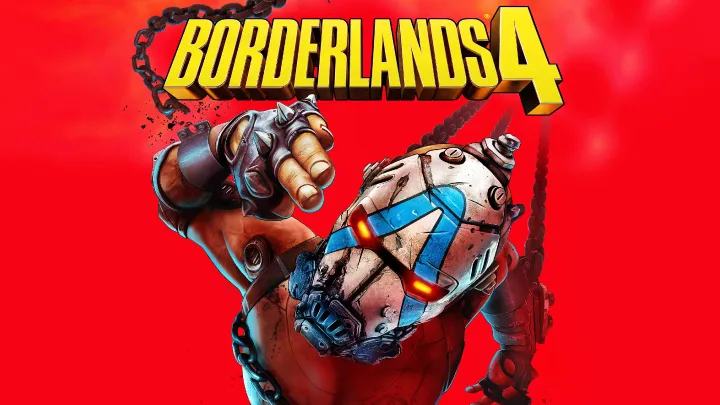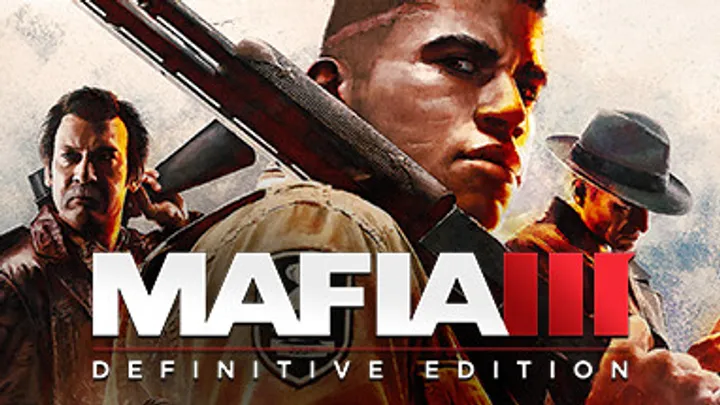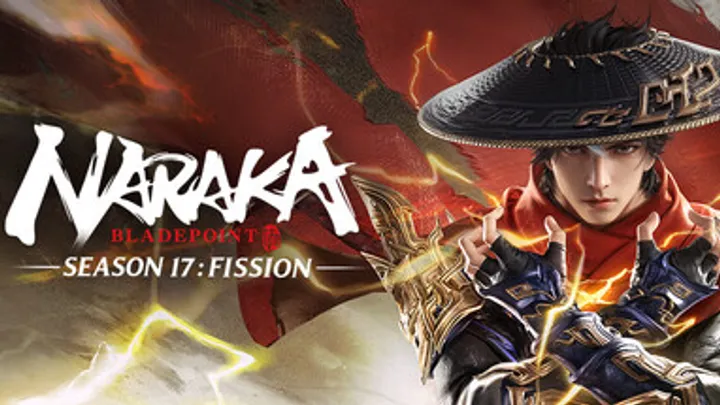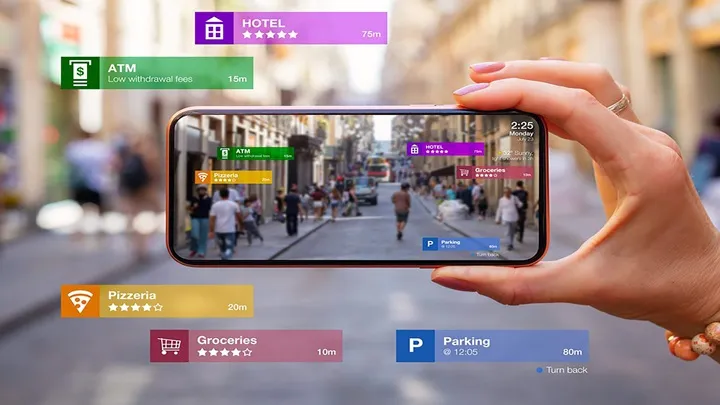NARAKA: BLADEPOINT is a battle royale with a unique twist — fast-paced melee combat, acrobatic parkour, and a wide variety of weapons and heroes. Unlike typical shooters, skill here is measured by timing, combos, and reading opponents. For beginners, the game can feel overwhelming, while even experienced players struggle with depth and strategy. This guide will take you step by step through essential tips and advanced strategies, helping you climb ranks and sharpen your blade with confidence.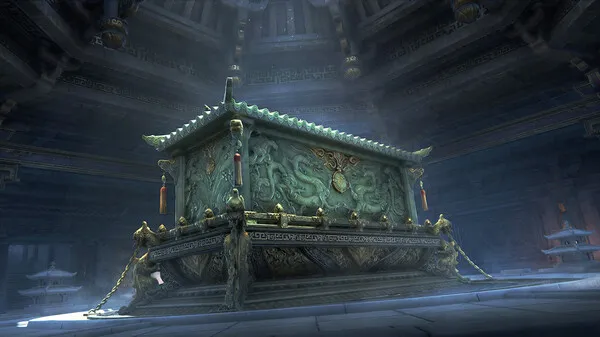
1. Mastering the Basics of Movement
Movement is the lifeblood of NARAKA. With grappling hooks, wall-running, and dodging, fights are fluid and vertical. Learning how to move effectively keeps you alive longer and gives you the upper hand in engagements.
Spend time practicing basic parkour: chain wall-runs with double jumps, use grapples to climb vertical structures quickly, and cancel animations with dodges for fluid transitions. Players who master positioning control the battlefield far more than those who only focus on damage.
1: Grapple tips
- Use grapples to escape before health reaches zero.
- Grapple to trees or rooftops for better vision.
- Combine grapple + dodge for sudden directional changes.
2. Choosing the Right Hero
Every hero has unique abilities that fit different playstyles. Beginners often default to easy characters, but learning to pick the right one for your team and mode matters more.
For example, Kurumi excels at healing and support, while Viper Ning can lock down fights with her ultimate. Yueshan offers durability and transformation for aggressive frontlines. Experiment with each hero in casual matches until you find one that feels natural, then refine your mastery.
1: Hero categories
- Offensive: Tarka Ji, Yueshan
- Defensive: Temulch, Tianhai
- Support: Kurumi, Ziping Yin
- Hybrid/Utility: Viper Ning, Takeda
3. Understanding Weapons and Combos
Unlike shooters, weapon choice here defines combat rhythm. Longsword, spear, greatsword, and katana each have unique move sets, strengths, and weaknesses.
Learn basic combo strings for your preferred weapon and practice them against training dummies. For example, the longsword excels at balanced combos and deflections, while spears dominate with range. Always carry both melee and ranged weapons for versatility.
List: Key weapon tips
- Katana: Great starter, balanced.
- Greatsword: Heavy damage, slower swings.
- Spear: Long range, punishes evades.
- Dagger: Fast but short range.
4. The Art of Parry and Countering
Parrying is a game-changer. Unlike simply dodging, parries allow you to break through enemy attacks and punish with devastating counters. Timing is everything: parry too early or late, and you’ll leave yourself open.
Practice parrying predictable charged attacks. Many players overuse them, making it a perfect opportunity. Once parried, follow with your weapon’s strongest combo for maximum punishment.
1: Parry drill
- Enter training, set AI to spam blue focus attacks.
- Practice reacting at the last second.
- Chain counterattack immediately after success.
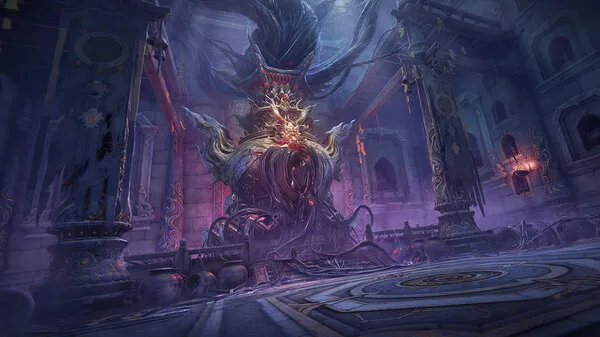
5. Efficient Looting and Inventory Management
Looting is about speed and awareness. Many players lose fights because they spend too long managing bags or hoarding useless items.
Pick essentials first: weapons, armor, healing, and grapples. Upgrade armor before worrying about weapon rarity, since survivability keeps you alive to deal damage later. Keep a balance of healing items, grapples, and repair kits.
List: Inventory priorities
- Armor upgrades
- Healing (berries, salves)
- Grapples (at least 10–15)
- Weapon repair kits
6. Positioning and Map Awareness
NARAKA’s maps are filled with verticality, cover, and choke points. Positioning well often decides fights before they begin. Stay on rooftops or elevated platforms to gain vision and control.
Learn hotspot areas and avoid them early unless you’re confident in fighting multiple opponents. Instead, loot efficiently in safer zones, then rotate toward fights once you’re equipped. Keep the shrinking zone in mind and always stay one step ahead of the circle.
1: Positional rules
- High ground always beats low ground.
- Never get caught in a valley without grapples.
- Rotate early to avoid last-minute panic.
7. Team Coordination and Communication
In trios, teamwork is vital. Solo playstyles will get punished quickly. Share healing, rotate together, and combine ultimates strategically.
Establish roles within your squad: one initiates, one follows up, one supports. Use voice or quick pings to signal targets and coordinate grapples. A well-timed combo between teammates can wipe entire squads.
Example team synergy
- Kurumi heals while Yueshan dives frontline.
- Viper Ning locks enemies with her ultimate.
- The third teammate executes combos during stun.
8. Advanced Combat Tactics
Once you’ve mastered basics, add layers of mind games. Fake grapples to bait dodges, delay combos to trick parry attempts, and mix light attacks with charged focus moves to keep opponents guessing.
Use terrain for surprise attacks: grapple behind enemies mid-combat or drop down from above with heavy strikes. Don’t tunnel on one enemy in team fights — instead, pressure multiple opponents to create chaos.
1: High-level tricks
- Grapple cancel to fake approach.
- Parry bait by charging attacks briefly.
- Attack from unexpected angles using walls.
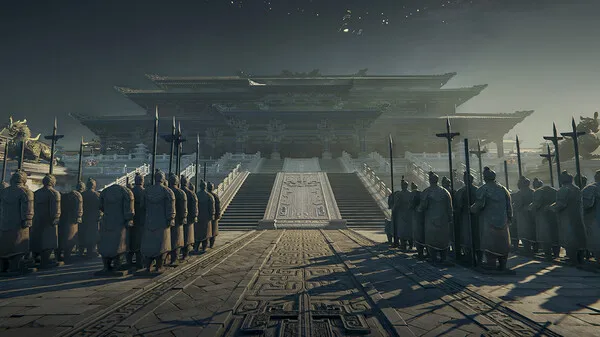
9. Managing the Endgame
The final circle is where nerves break even the best players. At this stage, every mistake is fatal. Survivability and patience outweigh flashy plays.
Keep grapples ready to escape. Avoid exposing yourself in the center — instead, play edges of the circle and third-party fights. If your team is alive, stack ultimates for one coordinated final push. Solo players should rely on stealth, ambush, and opportunistic cleanups.
Endgame checklist
- Minimum 10 grapples, 5 repair kits.
- Stay close to cover.
- Avoid wasting ultimates too early.
10. Building Consistency and Improving
Improvement comes with reflection. After every match, review what went wrong: Did you die looting? Did you waste grapples? Did you miss parry chances?
Set small goals: practice parries one day, focus on grapples the next. Record gameplay or watch high-level streamers to learn new tactics. Most importantly, don’t chase only wins — aim for consistent survival and steady combat improvement.
1: Improvement plan
- Practice in training 15 minutes daily.
- Play with stronger teammates to adapt.
- Rotate heroes to broaden understanding.
Conclusion
NARAKA: BLADEPOINT is more than a battle royale — it’s a martial arts chess game where movement, timing, and decisions define your survival. By mastering movement, weapon combos, parries, looting, map awareness, and teamwork, you gain the tools to dominate. The journey is long, but with steady practice and the right mindset, you’ll transform from a wandering fighter into a feared blade master.






